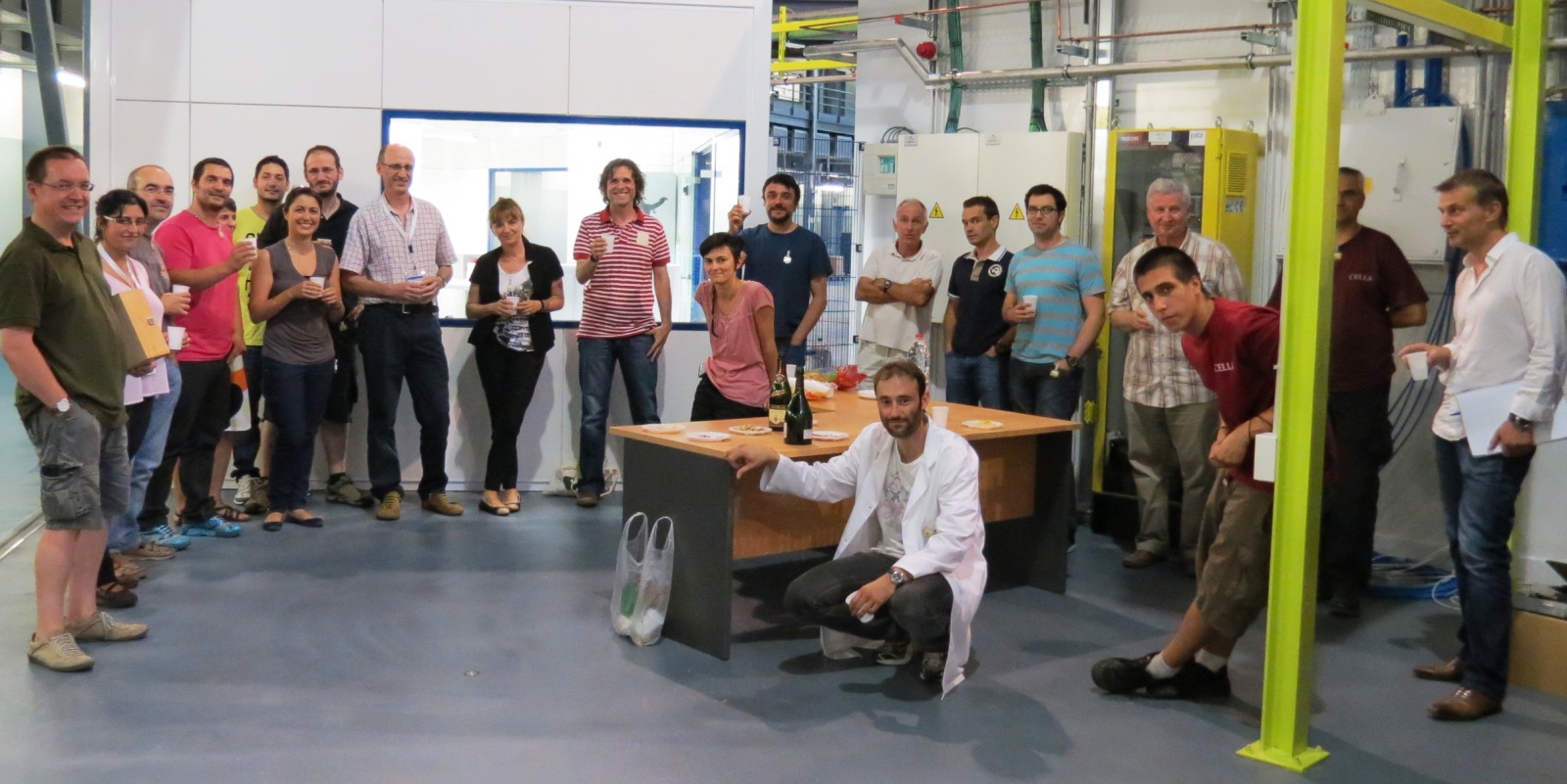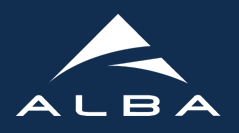XALOC - BL13
Macromolecular Crystallography beamline
XALOC aims to provide the present and future Structural Biology groups with a flexible and reliable tool to help in solving structures of macromolecules and complexes. The beamline copes with a broad variety of crystal sizes and unit cell parameters, and allows both wavelength dependent and independent experiments.
User Access status
Call for proposals for 2015 experiments currently open Deadline July 7th
NEW: Rapid Access Beamtime is being implemented
Please include the reference to the beamline paper in your publications containing data collected at XALOC beamline
Status
The beamline is under user operation from 18 July 2012. Three call for proposals have been completed so far.
See the evolution of the XALOC beamline in pictures.
Beamline milestones:18 October 2011: FIRST BEAM at optics hutch
15 December 2011: FIRST BEAM at sample position
29 February 2012: FIRST FOCUSED BEAM at sample position
25 April 2012: FIRST COMPLETE DATA SET
14 June 2012: FIRST AB INITIO STRUCTURE
18 July 2012: START OF USER OPERATION
 |
First Users 18 July 2012 XALOC starts user operation with the group of M. Coll, from IBMB-CSIC. |
 |
Results from the very first day of user operation 18 July 2012
|
| |
First High-impact publication with XALOC data 21 Feb 2014 The 3D structureshave revealed why a given Auxin Response Factor (ARF, plant transcription factor) is capable of activating a single set of genes, while other ARFs that are very similar with only slight differences trigger a distinct set (R. Boer, M. Coll, et al. Cell, 2014 156:577) |
Staff
Roeland Boer: Beamline responsible
Fernando Gil: Beamline Scientist
Xavi Carpena : Beamline Scientist
Bárbara Calisto: Post-doc Scientist
Nahikari González: Mechanical Engineer
José Ávila, Alberto Rubio : Electronics Engineers
Gabriel Jover: Controls Engineer
Xavier Fariña : Electronics Technician
Alejandro Enrique: Mechanics Technician
Beamline characteristics
| Photon Energy (Wavelength) range | 5-22 keV (2.4-0.58 A) |
| Flux at sample | >2 1012 photons/s/250mA at sample (measured) |
| Energy resolution (DE/E) |
2 10-4 |
| Beam size at sample (FWHM) |
Adjustable 50-300 (H) x 6-100 (V) μm2 |
| Beam divergence at sample (FWHM) | <0.5 x 0.1 mrad2 (HxV) |
The beam size will be fitted to the crystal dimensions by (a) adjusting the focus of the mirrors along the beam path, and (b) having two operation modes of the beamline: focused and unfocused.
In unfocused configuration, one or both mirrors are removed from the photon beam path, resulting in a very small beam divergence of less than 0.03 mrad vertically. This mode can be especially useful for large macromolecular complexes with large unit cell parameters. In focused configuration both mirrors can focus the beam to 50×6 um2 FWHM (H×V) on small or microcrystals, while at the same time keeping a small and useful vertical divergence (0.1 mrad). In addition, the mirrors allow variable focusing (defocusing) if matching the size of the x-ray beam to the dimensions of the crystals or if focusing at the detector (which can be placed at any distance between 80 mm to 1300 mm from sample) are required. In this case, the beam size at sample position can range from 50×6 um2 to 300×300 um2 (H×V). In order to avoid x-ray beam deformations caused by the optics when defocusing, slope errors of the mounted mirrors have been reduced to 70 nrad rms and the monochromator crystal can work near the zero expansion temperature of Silicon (124 K).
Technical Description

EU projects
XALOC is a partner of the BioStruct-X project funded by the Seventh Framework Programme (FP7) of the European Commission, for Macromolecular Crystallography beamlines Transnational Access. EU Funding (travel, accomodation and subsitence costs) for EU BAG proposals allocated with beamtime at XALOC is available through a Call for Proposals. For more information, please go to:
Beamline documentation
- Original Proposal of the beamline (2005)
- Conceptual Design (2006)
- SRI Conference (2006, Daegu, Korea) - AIP proceedings contribution
- Minutes 1a Reunión de Usuarios de Líneas de Luz de Cristalografía Macromolecular de España (22 Octubre 2007)
- Poster XALOC in 4th Annual Meeting BioXHit (16-18 April 2008)
- Poster XALOC in Spanish Synchrotron Users Meeting (AUSE4, 15-18 September 2009)
- Poster XALOC in 2011 IUCr General Congress (Madrid, 22-29 August 2011)
- Reference paper of the XALOC beamline (J. Synch. Rad. 21, 2014)

